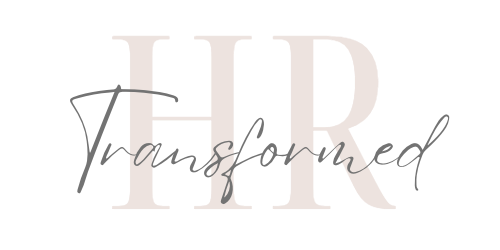Understanding the Employer/Employee vs. Employer/Contractor Relationship in New York
Written By: Brenda Quach
Companies in NY often face the challenge of deciding whether to hire employees or engage in independent contractors. This is an important decision as it impacts not only the organization’s operational dynamics but also its legal and financial responsibilities. In this month’s blog, we aim to clarify these relationships to help your business navigate the complexities of workforce management.
The Employer/employee relationship
An employer/employee relationship is a traditional work arrangement where the employee is directly hired by the company. The relationship is characterized by several key elements:
CONTROL AND DIRECTION
Employers have significant control over employees, directing their tasks, work hours, and methods. Employees are expected to follow company policies and procedures.
BENEFITS AND PROTECTIONS
Employees are entitled to benefits such as health insurance, retirement plans, and paid leave. They are also protected by labor laws, including minimum wage requirements, overtime pay, and workplace safety regulations.
LONG-TERM COMMITMENT
Employment relationships are typically long-term and involve a consistent work schedule. Employees may receive training and career development opportunities.
TAX OBLIGATIONS
Employers are responsible for withholding income taxes, Social Security, and Medicare from employees’ wages. They must also pay unemployment taxes and provide workers’ compensation insurance.
The Employer/contractor relationship
Conversely, an employer/contractor relationship involves engaging separate business entities to perform specific tasks or projects. This arrangement is defined by distinct characteristics:
AUTONOMY AND FLEXIBILITY
Independent contractors operate their own business. They have the autonomy to decide how, when, and where to complete the work. Unlike employees, they are not subject to the company’s direct control.
NO TRADITIONAL BENEFITS
Contractors do not receive employee benefits. They manage their own benefits and protections, including health insurance and retirement plans.
PROJECT-BASED ENGAGEMENT
The relationship is often project-based or for a specified period. Once the project is completed, the contractual relationship typically ends unless renewed.
TAX RESPONSIBILITIES
Contractors handle their own tax obligations, including self-employment taxes. Employers are not required to withhold taxes or provide unemployment and workers’ compensation insurance.
key considerations for business
CLASSIFICATION COMPLIANCE
Misclassifying employees as independent contractors can result in severe penalties. It is essential to correctly classify workers to comply with New York State and federal laws. The IRS and New York Department of Labor use specific criteria to determine the correct classification, focusing on the degree of control and independence.
COST AND FLEXIBILITY
Engaging contractors can be cost-effective for short-term projects or specialized skills. However, relying too heavily on contractors for core business functions may pose risks. Conversely, hiring employees can foster a stable and committed workforce but comes with higher long-term costs.
BUSINESS NEEDS AND GOALS
Assess your company’s needs and strategic goals. If your business requires ongoing, dedicated support, employees may be the better option. For temporary or specialized tasks, contractors can provide the needed expertise without long-term commitments.
HOW WE CAN HELP
Navigating the employer/employee versus employer/contractor relationship is pivotal for businesses operating in New York City. At HR Transformed, we are committed to guiding you through these decisions, optimizing your workforce strategy, and connecting you with the right legal partner to ensure compliance. Whether you need help with classification, recruitment, or workforce planning, our expert team is ready to support you.
Feel free to reach out to us for tailored HR solutions that align with your business objectives and help you thrive in New York’s market.



